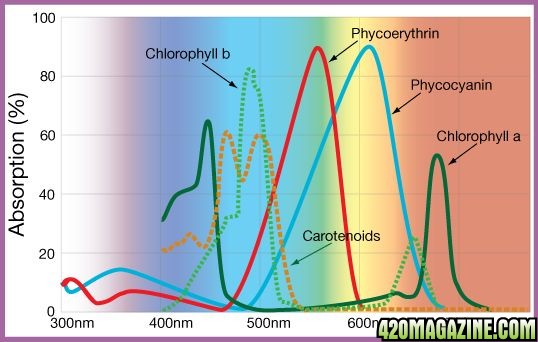Hi All,
Brand new to the forum and to growing. I added some photos, but they seem to be in the members gallery - hopefully they will show up here.
I am at day 23 with some awesome, mystery bag seeds. I probably made as many mistakes as I could but it seems they have been very forgiving until yesterday, when I found a number of small yellowish brown spots on the lower leaves and some yellow tips. A couple of them seem a bit limp as well. (I hope the photos show up).
First mistake was using MiracleGro potting soil to get them going. I have not fertilized due to this. Second was using 1.25 and 2 gallon buckets. I water every 2-4 days depending on weight and overall appearance of the soil. For the first 2 weeks I was using tap water until I was advised to stop, I then switched to spring water and gave them the second dose of spring water yesterday. I water until I have a very small run off.
Three days ago they were moved into their new "permanent" home and during the move suffered about 2 hours with limited light and temperatures of about 50 degrees.
I have had some issues regulating temp and have had them as high as 97 in the (old) room, but nothing over 90 for the last week. Much better since they moved.
Lights are 18/6.
I have 17,400 lumen of 6500K from 48" T-8
19,200 lumen of 5000K from CFL
and 5,800 lumen of 3000K from 48" T-8 in a space that is 4.5'wide x 2.3' deep x 49" high.
Lights vary in distance from plants from about 4" to about 10" inches away.
RH generally holds between 65 and 75 and temps are now running between 75 and 82 on average.
I topped all at 3rd stage and they responded well.
I am hoping someone can tell me what is wrong and if/how I need to fix them. I have turned into one of those worriers that checks on them every 2 hours
I am considering this a practice grow as I will be trying Auto from here on out. I still don't want to lose these ones. They sort of become family.
On a side note: The level of skill and expertise running around on this sight is both staggering and humbling. I am in awe.
Thanks very much
Brand new to the forum and to growing. I added some photos, but they seem to be in the members gallery - hopefully they will show up here.
I am at day 23 with some awesome, mystery bag seeds. I probably made as many mistakes as I could but it seems they have been very forgiving until yesterday, when I found a number of small yellowish brown spots on the lower leaves and some yellow tips. A couple of them seem a bit limp as well. (I hope the photos show up).
First mistake was using MiracleGro potting soil to get them going. I have not fertilized due to this. Second was using 1.25 and 2 gallon buckets. I water every 2-4 days depending on weight and overall appearance of the soil. For the first 2 weeks I was using tap water until I was advised to stop, I then switched to spring water and gave them the second dose of spring water yesterday. I water until I have a very small run off.
Three days ago they were moved into their new "permanent" home and during the move suffered about 2 hours with limited light and temperatures of about 50 degrees.
I have had some issues regulating temp and have had them as high as 97 in the (old) room, but nothing over 90 for the last week. Much better since they moved.
Lights are 18/6.
I have 17,400 lumen of 6500K from 48" T-8
19,200 lumen of 5000K from CFL
and 5,800 lumen of 3000K from 48" T-8 in a space that is 4.5'wide x 2.3' deep x 49" high.
Lights vary in distance from plants from about 4" to about 10" inches away.
RH generally holds between 65 and 75 and temps are now running between 75 and 82 on average.
I topped all at 3rd stage and they responded well.
I am hoping someone can tell me what is wrong and if/how I need to fix them. I have turned into one of those worriers that checks on them every 2 hours

I am considering this a practice grow as I will be trying Auto from here on out. I still don't want to lose these ones. They sort of become family.
On a side note: The level of skill and expertise running around on this sight is both staggering and humbling. I am in awe.
Thanks very much



